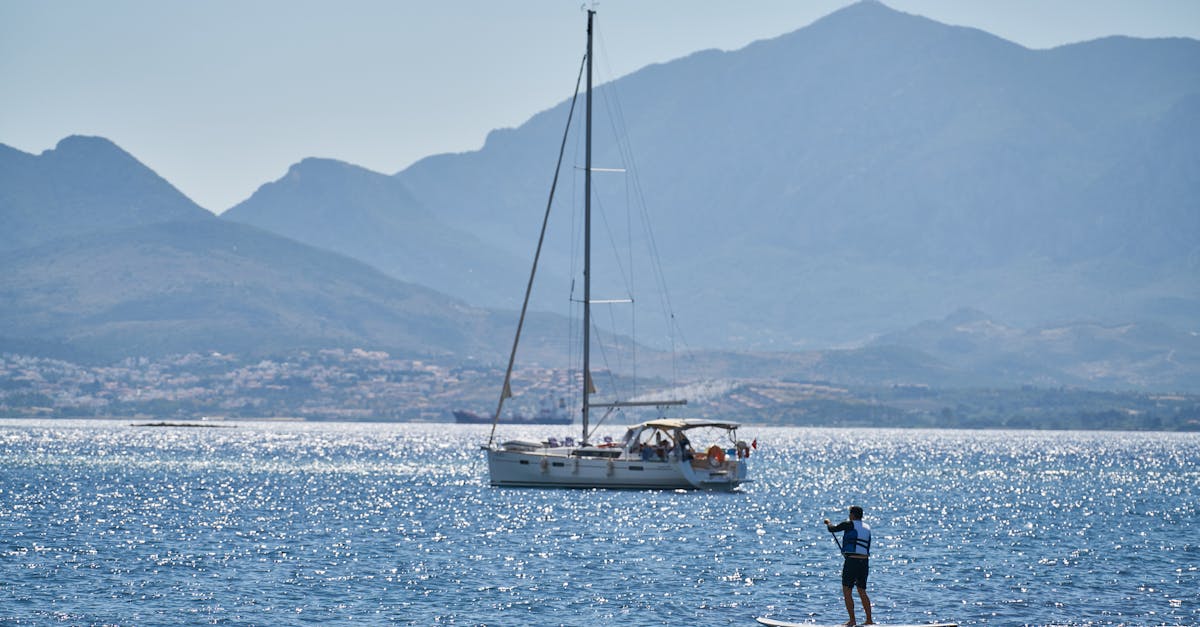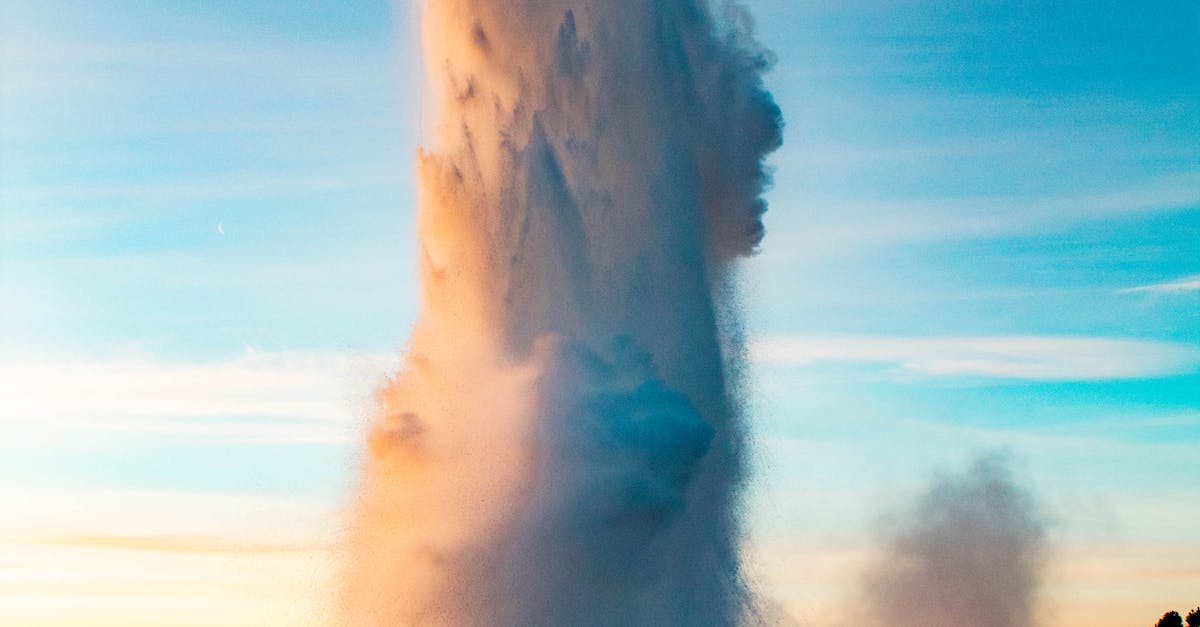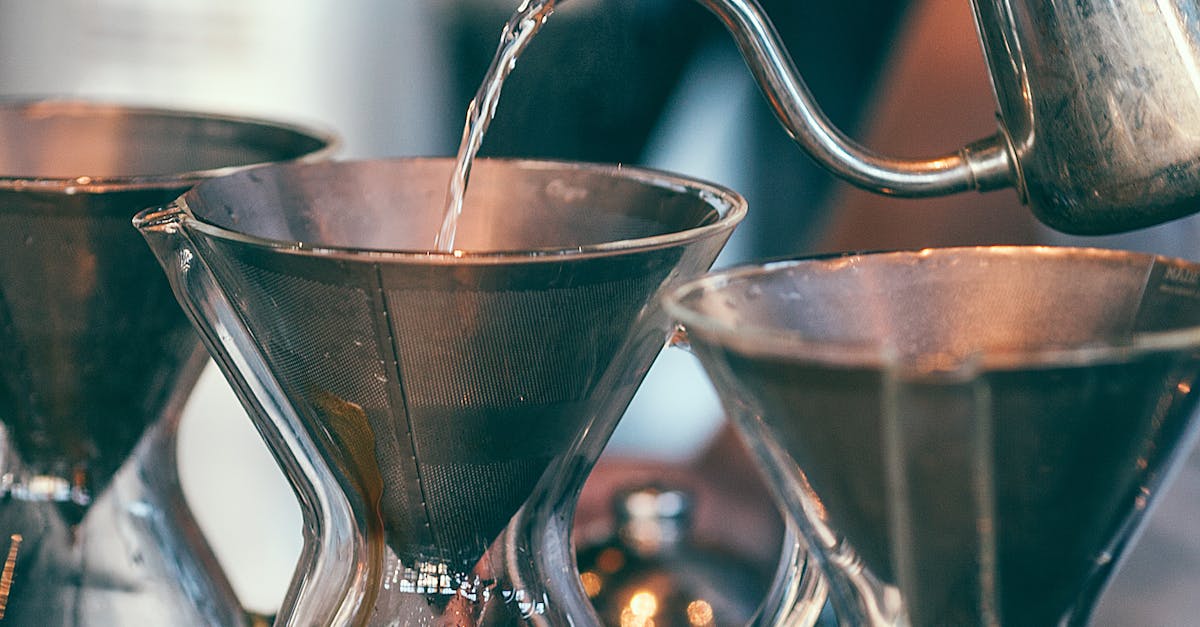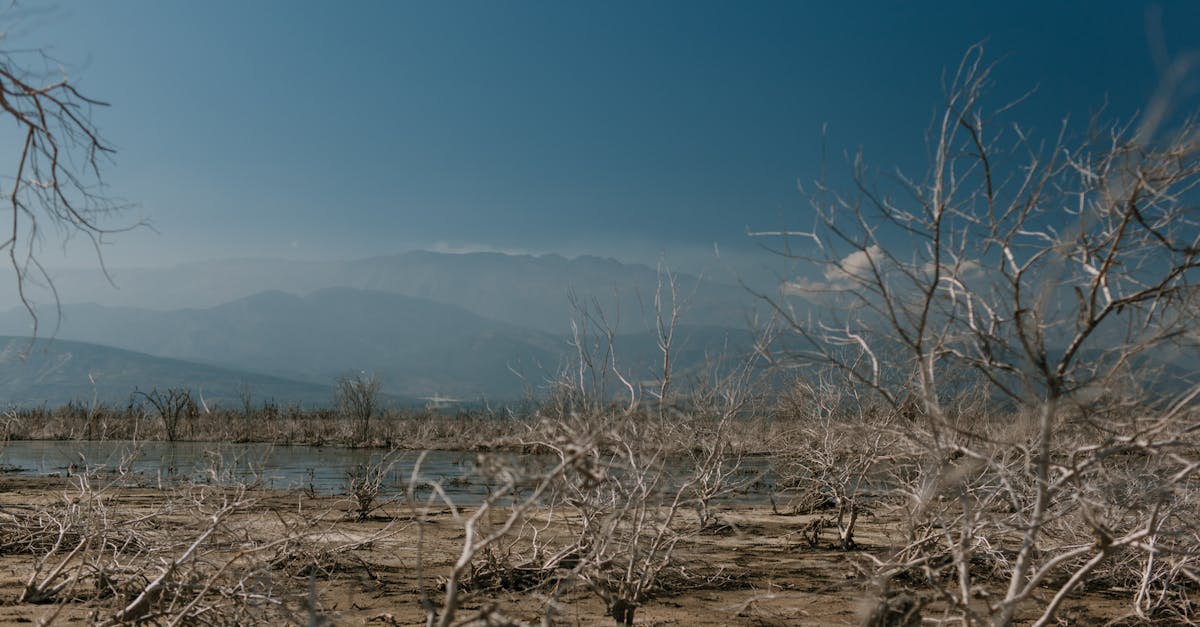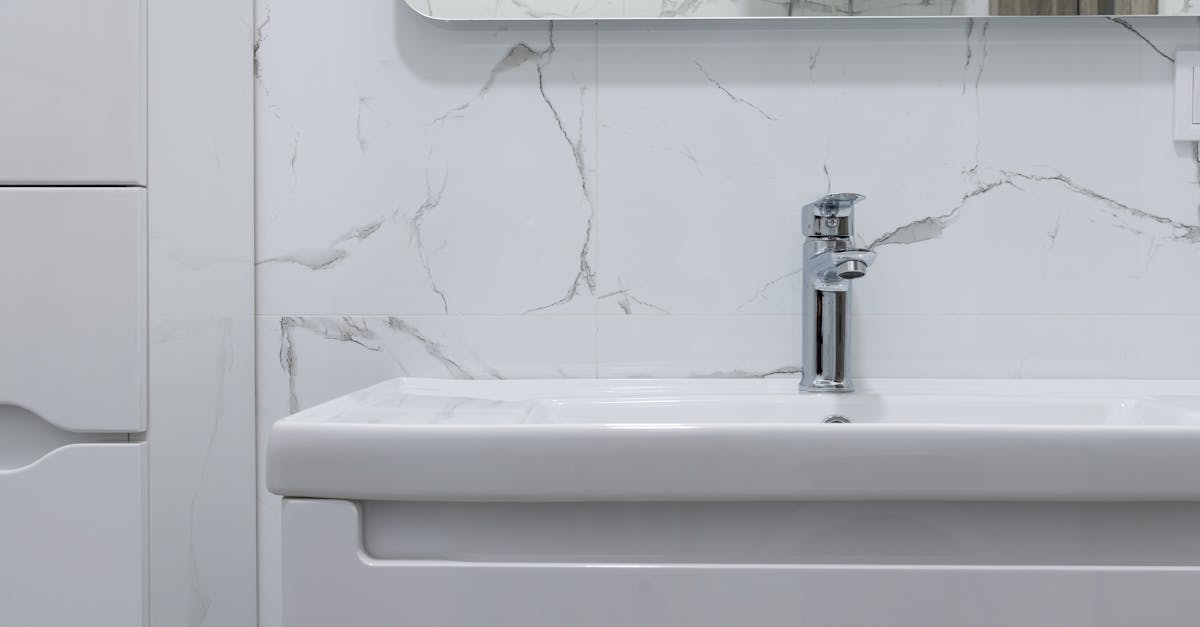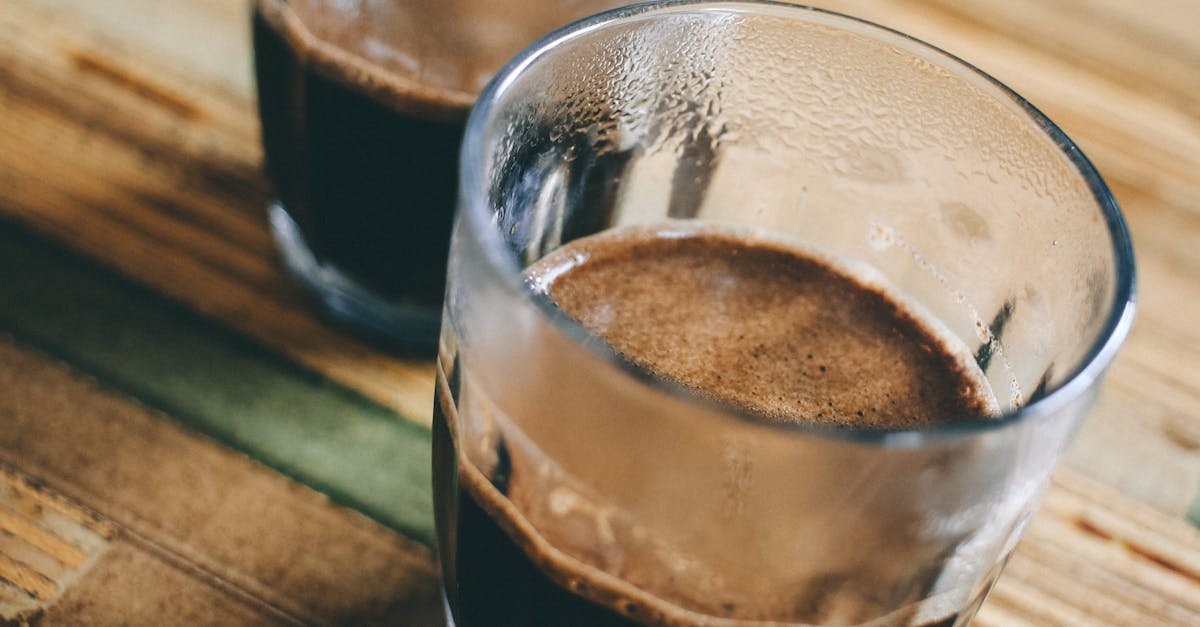
Table Of Contents
Understanding the Impact of Cold Weather on Hot Water Temperature
Cold weather poses a common challenge in maintaining hot water temperatures within a household. As the temperature drops, the hot water system may struggle to heat the water adequately, resulting in lukewarm or cold water coming out of taps and showers. This phenomenon occurs due to the increased heat loss along the pipes as the ambient temperature decreases, making it essential for homeowners to understand the implications of cold weather on their hot water systems for effective troubleshooting.
In the realm of Hot Water System Troubleshooting, it is crucial to recognise that the external environment significantly influences the performance of the hot water system. During colder seasons, especially in regions with harsh winters or sudden temperature drops, adjusting the thermostat or increasing the water heater setting might be necessary to counteract the impact of the cold weather on the water temperature. Additionally, for long-term solutions, ensuring proper insulation of hot water pipes can help minimise heat loss and maintain the desired hot water temperatures even when the mercury plummets outside.
Insulating Hot Water Pipes
Insulating hot water pipes is a crucial step in maintaining the efficiency of your hot water system. By wrapping pipes with insulation, heat loss can be significantly reduced, allowing hot water to retain its temperature as it travels from the heater to the faucets. This simple yet effective method can not only improve the overall performance of your hot water system but also help in conserving energy and reducing utility bills. Additionally, insulated pipes can prevent pipes from freezing in colder weather, ensuring a consistent supply of hot water throughout the year.
When undertaking hot water system troubleshooting, checking the insulation on your hot water pipes should be a key consideration. Insulation can deteriorate over time due to wear and tear, potentially leading to a drop in hot water temperature and energy wastage. By regularly inspecting and replacing damaged insulation, you can maintain the optimal functioning of your hot water system and ensure that hot water is delivered efficiently to meet your household needs.
Checking for Leaks in the Hot Water System
When faced with insufficiently hot water in your taps, checking for leaks in the hot water system is an essential step in the troubleshooting process. Even minor leaks can significantly impact the water temperature by causing heat loss as the water moves from the heater to the tap. To identify leaks, inspect all visible pipes, fittings, and fixtures for any signs of moisture or dripping water. Don't forget to check less obvious places like under sinks, behind appliances, or in the basement to ensure thorough examination of the entire hot water system.
Leaks in the hot water system not only lead to lower water temperatures but also result in water wastage, which can increase your utility bills. After locating any leaks, promptly repair or replace the affected components to prevent further heat loss and water wastage. Always remember, timely detection and rectification of leaks play a crucial role in maintaining the efficiency and effectiveness of your hot water system. Hot Water System Troubleshooting encompasses various aspects, and ensuring a leak-free system is vital in achieving optimal hot water temperatures throughout your home.
Inspecting the Pressure Relief Valve
Inspecting the pressure relief valve is a crucial step in Hot Water System Troubleshooting. The pressure relief valve plays a pivotal role in maintaining the right pressure levels within your hot water system. A malfunctioning pressure relief valve can lead to not only insufficient hot water but also potential safety hazards. It is recommended to visually inspect the valve for any signs of leakage, corrosion, or damage.
Furthermore, testing the pressure relief valve periodically is essential to ensure that it is functioning correctly. To do this, carefully lift the valve's lever to allow a small amount of water to discharge. If water does not flow out or if the valve is leaking, it indicates a problem that needs to be addressed promptly. Regularly checking and maintaining the pressure relief valve can contribute to the efficient performance and longevity of your hot water system.
Exploring the Role of Water Pressure in Hot Water Supply
Water pressure plays a crucial role in ensuring the proper functioning of your hot water system. If the water pressure is too low, you may experience weak water flow and lukewarm water. On the other hand, high water pressure can cause excessive strain on the system, leading to various issues such as leaks and component damage. To maintain optimal performance, it is essential to adjust the water pressure settings to match the recommended levels for your hot water system.
Hot Water System Troubleshooting also involves checking for any obstructions or blockages in the water supply line that may be affecting the water pressure. Sediment build-up, debris, or mineral deposits can impede the flow of water and subsequently impact the temperature of the hot water. Regularly inspecting and cleaning the water supply line can help maintain adequate water pressure and ensure that your hot water system functions efficiently.
Adjusting Water Pressure Settings
To address issues with hot water temperature, adjusting water pressure settings in your home's hot water system may be necessary. Incorrect water pressure can impact the flow and temperature of hot water from your taps and showerheads. To start troubleshooting this issue, locate the pressure regulator on your hot water system. This component controls the pressure of water entering your home, impacting the overall performance of the hot water system.
Make sure the pressure regulator is set to an appropriate level for your hot water system. Consult the manufacturer's guidelines for recommended pressure settings to ensure efficient operation. Adjusting the water pressure within the specified range can help maintain a consistent and adequate supply of hot water throughout your home. Hot water system troubleshooting often requires minor adjustments like this to optimize performance and enhance your overall comfort.
FAQS
Why is my hot water not hot enough?
There could be several reasons why your hot water may not be reaching the desired temperature. It's essential to investigate the potential factors to identify the root cause.
How does cold weather impact hot water temperature?
Cold weather can affect the temperature of hot water by cooling it down as it travels through uninsulated pipes. Insulating hot water pipes can help maintain the desired temperature.
What should I do if I suspect leaks in my hot water system?
If you suspect leaks in your hot water system, it is crucial to inspect all visible pipes and connections for any signs of water leakage. Addressing leaks promptly can help improve the hot water temperature.
Why is it important to inspect the pressure relief valve?
Inspecting the pressure relief valve is essential to ensure that it is functioning correctly. A malfunctioning valve can lead to fluctuations in hot water temperature and may require professional attention.
How does water pressure impact hot water supply?
Water pressure plays a significant role in determining the hot water supply to your faucets and showers. Adjusting the water pressure settings can help increase the temperature of your hot water.

